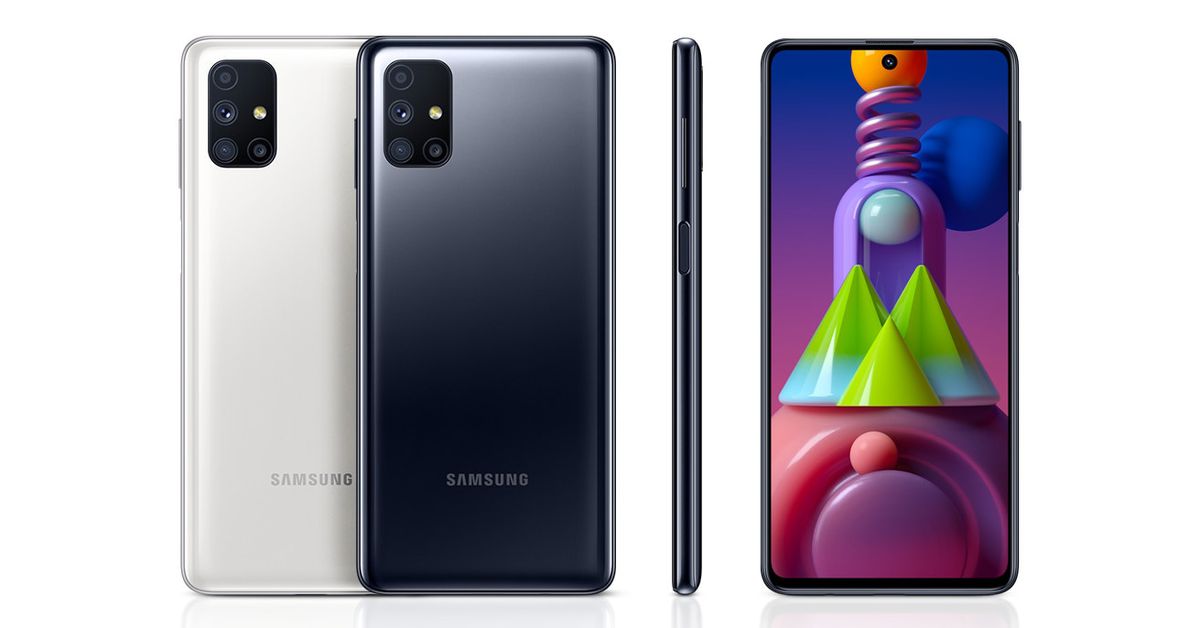
Samsung is continuing to drive strong revenue growth through its U.S. mobility channel program as the company expands its work with partners and releases business-friendly devices at a steady clip, Samsung’s mobile channel chief told CRN.
The latest Samsung devices to launch with big potential for mobility solution providers are the Galaxy Note 20 and Note 20 Ultra, which feature a wide range of features aimed at workers.
[Related: Samsung Galaxy Note 20 And Note 20 Ultra: 10 Big Features]
Mike Coleman, vice president and mobility channel chief at Samsung Electronics America, spoke recently with CRN about the growth of the company’s channel efforts, key verticals for Samsung’s B2B devices and key business capabilities of the Galaxy Note 20.
“It’s one of many B2B tools that are part of the lineup now,” Coleman said. “The Note 20 is becoming more and more business-centric.”
What follows are five key comments from the interview with Coleman.
B2B Growth
“We are on track to just about double the business again this year--despite all of the COVID-related challenges. The business is really doing well. We came off of a really strong first half, and our second half is shaping up to be very promising. Our pipeline looks really good.
I think there’s a tremendous opportunity for partners that may or may not have focused on a mobility strategy. And when I say mobility, that can be a laptop, a Chromebook, a tablet, a wearable, a phone--a device that solves a problem. It is not simply a personal device, it’s really a tool for work.”
Channel Expansion
“We have also increased the size of the [U.S. mobility channel] team about 30 percent. We keep adding people to the team. We’re going after deeper coverage for the NSPs as we call them--CDW, Insight, Connection and such. We’re adding more folks to distribution--because as our business grows, we need more and more focus on the distro, Tier 1 side. And then we’re also expanding the geo coverage, for the geographically dispersed partners. So it’s really exciting, where we’re actually growing on all fronts.”
Key Verticals
“We’ve seen some very large wins in healthcare, transportation, logistics, education. The Chromebook business is off the charts in terms of growth. That business is a rocket for us. And that’s obviously education-focused. We’ve seen good solutioning on transport fleet management. Everybody’s at home, but they’re ordering stuff. So the trucking and transportation business has been growing rapidly, and we’ve partnered with quite a few different resellers in that space to equip fleets with the Galaxy Tab Active2, for example--with the ruggedized tablets and solutioning for ELD tracking. We’ve had some really big wins with some healthcare providers on the phones to track diabetes or blood pressure or things of that nature--where we’re able to use the devices in partnership with resellers and ISVs to manage healthcare applications.”
Galaxy Note 20 For Business
“If it’s going to be used as a business device, it has to have an amazing battery and have really good performance. So we’ve done that. We’ve loaded it with the Knox security features so that remote employees are protected. The S Pen is really cool now--the latency is significantly reduced. We’ve synced up with Microsoft and Cisco--we’ve optimized it for Microsoft 365 / Teams and for Webex.
DeX has been a big point of interest for a lot of resellers, because now you can [more easily] transition between mobile and desktop. So for example, you can connect the Note 20 to a monitor or even a Smart TV--which is really interesting, because every boardroom now has Smart TVs. So you can wirelessly connect and present--when we go back to the office--or even using your TV at home, you can use that as a monitor, if you wanted to. It’s obviously 5G equipped and enabled. And so those are some of the things we’re finding companies are really interested in, in terms of equipping their employees with a device for business use.”
Recruiting Partners
“We’re looking to recruit new partners, which we’ve continued to do. We’re working closely with our distributors to identify partners that have an interest in mobility. So we’re actively recruiting new resellers--and we’re obviously working with resellers that have been with us for quite some time to help them deliver more solutions, and to generate more revenue and more profit.”
The Link LonkAugust 31, 2020 at 11:42PM
https://ift.tt/32HUhoT
Samsung's B2B Surge: 5 Takeaways From Channel Chief Mike Coleman - CRN: Technology news for channel partners and solution providers
https://ift.tt/31VSHRH
Samsung

















